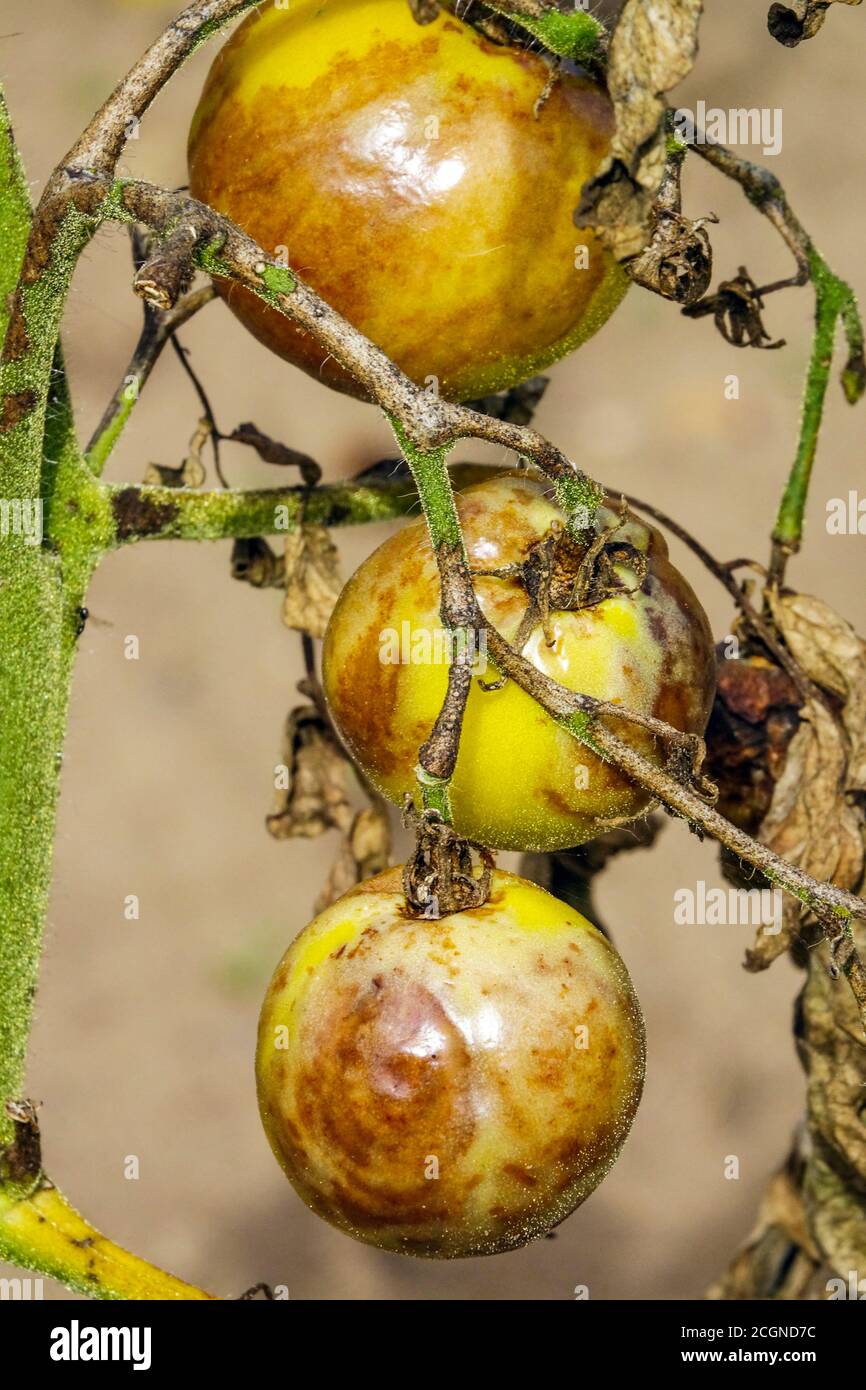

If you’re in an area with a lot of rain or really heavy dews in the morning, you may be fighting this fungus more than in other areas of the country. So even if you pulled them up at the end of the season and started fresh in the spring, the fresh baby plants could get infected from the fungus left behind from last season.Įarly blight also loves wet conditions. If any of your plants were infected previously and were left in the soil, the fungus can stay in the soil for up to a year. Or it might’ve already been in your soil. It could be there because the seeds or seedlings you bought were already infected. The fungus that causes early blight can be introduced to your garden in a couple of different ways. Signs of early blight tomato plant disease on a tomato leaf. Older or stressed (too much heat, too little water) plants are highly susceptible. While it won’t normally kill the plant, it will weaken it, resulting in a much lower yield of tomatoes. Early BlightĮarly blight is a very common fungal tomato disease that affects almost every single part of the plant.
#Late blight tomato disease how to#
Read on to learn more about how to identify and treat the 7 most common tomato diseases. Unfortunately, there are a number of different tomato diseases your plant could be suffering from, but have no fear! We’re here to help you identify, learn about, and treat or manage some of the most common tomato plant diseases. Have you ever been so excited about your new tomato garden, only to go outside one morning and see spots on your leaves? You water and you tend and you do everything you know to do and the plants still don’t thrive.įrustrating, right?! Knowing about tomato plant diseases can keep this from being the outcome for your tomatoes.


 0 kommentar(er)
0 kommentar(er)
